Recall that I discussed Hybrid Vehicle, as an en-vogue generation of automobile where more description of its components were learnt. In this post, I shall be expatiating on the aforementioned types ( Full Hybrid, Mild Hybrid, Plug-in Hybrid) and its Variations- sub types ( Micro and Muscle Hybrids).
TYPES OF HYBRID VEHICLE
FULL HYBRID

Ford Fusion Hybrid
The Ford Fusion Hybrid shares its full-hybrid power-train with the C-Max Hybrid. Both have similarities and overlapping patents with Toyota.
Among “regular” hybrids – not including the plug-in variety – full hybrids are the most fuel efficient. They use all the technologies described above, and are the most thoroughly engineered solutions.
The classic example of a full hybrid is the Toyota Prius, or any of Toyota’s Hybrid Synergy Drive vehicles, but today many automakers now offer full hybrids.
Full hybrids are also more efficient – and so defined – because they can automatically choose to operate in series mode, parallel mode, or all-electric mode.
Are we breaking our promise and making this complicated?
Hopefully not. In basic terms, a series hybrid is a powertrain that uses the electric motor to drive the wheels, and the gas engine to provide the power as an on-board generator. In other words, the gas engine never mechanically turns the drive wheels.
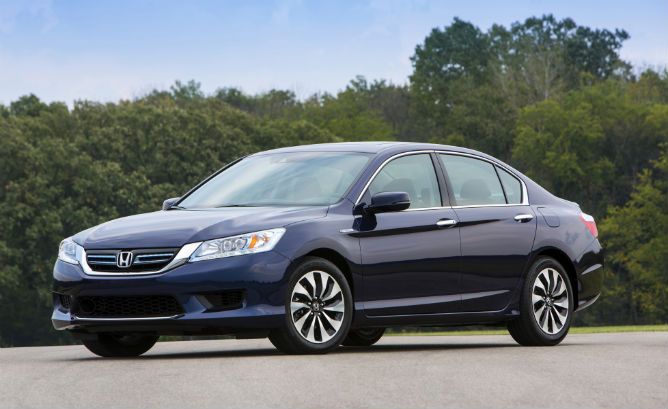
Accord Hybrid Touring
Honda’s new Accord Hybrid is a superb raising of the bar among full hybrids.
A diesel locomotive is actually a series hybrid. It’s really an electric-powered vehicle despite those great big chugging engines and the black smoke – that’s just how it generates its own electricity.
In the automotive world, the Fisker Karma was a pure series hybrid and a company called VIA Motors is also making pure series hybrid light duty trucks.
In parallel mode, both the gas engine and electric motor contribute to driving the wheels.
A full hybrid may also operate for short durations in pure electric mode. Have you ever had your back turned and had a hybrid almost silently sneak up behind you? At low speeds – where energy usage is minimal – the small battery pack and electric traction motor can most effectively operate in pure electric mode.
Actually, the way a Prius or Accord Hybrid or Ford C-Max Hybrid works is the vehicle will teeter between gas to electric to a combination. This assumes its battery pack is charged, which is part of the multi-tasking operation of its sophisticated computer brain.
The computer won’t let itself run out of electric power, and will switch on the gas engine as needed.
MILD HYBRID
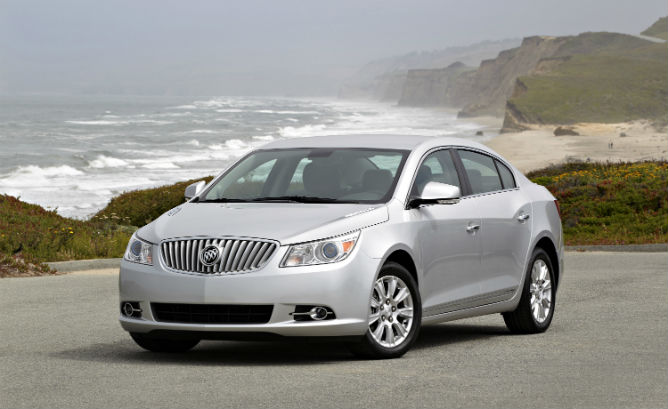
Buick LaCrosse eAssist
Remember we mentioned good, better, and best compromises? A mild hybrid is not typically as efficient as a full hybrid because it is limited to parallel hybrid mode.
Another simple way of looking at a mild hybrid is it has a battery and helper motor, but these operate while the gas engine is on, and never fully take over. They are not powerful enough to propel the car without the gas engine also doing some of the work.
Examples of these would be General Motors eAssist and Honda’s Integrated Motor Assist (IMA).
Mild hybrids may also make use of stop-start and regenerative braking but they tend not to return as high of EPA-rated mpg.
PLUG-IN HYBRID
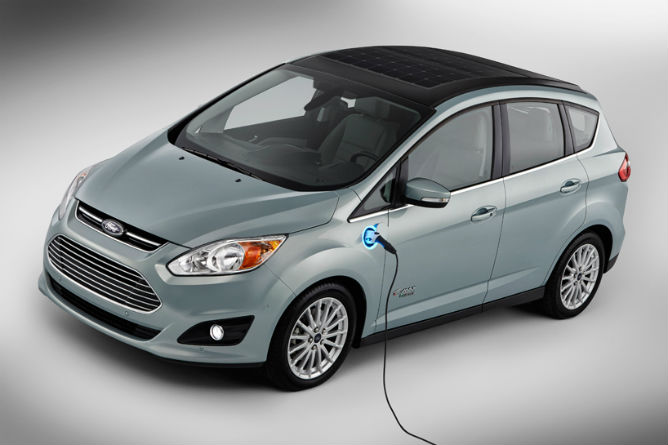
Ford C-Max Energi PHEV
Most of these include all the technologies of a full hybrid, but have an extra trick – they have larger batteries. These can be plugged into the grid and their incrased supply of on-board electricity allows them to run in all-electric mode from a low of maybe six to 14 miles for the Toyota Prius PHEV, to 38 miles for the Chevy Volt.
he Volt is the lone exception in one respect, in that it is closer to a pure EV, operates mostly as a series hybrid, but in “charge-sustaining mode” – when its battery is depleted and only the gas generator is propelling the car – it is not acting like a parallel hybrid.
If you want to know more how respective cars work, we’d recommend reading individual reviews as that’s beyond this article’s scope.
IT’S VARIATION-SUB TYPES
MICRO HYBRIDS
A Micro hybrid is considered by some barely even a hybrid. It usually utilizes stop-start, and often may include a 48-volt battery to operate on-board electrical systems, and may improve economy 10-20 percent. Examples include the Chevy Malibu with stop-start, or Mazda’s i-ELOOP system.
Micro hybrids are at best the lowest rung on the hybrid ladder, and there’s no electric traction motor to actually drive the wheels. The system only saves the engine the extra work of powering subsystems.
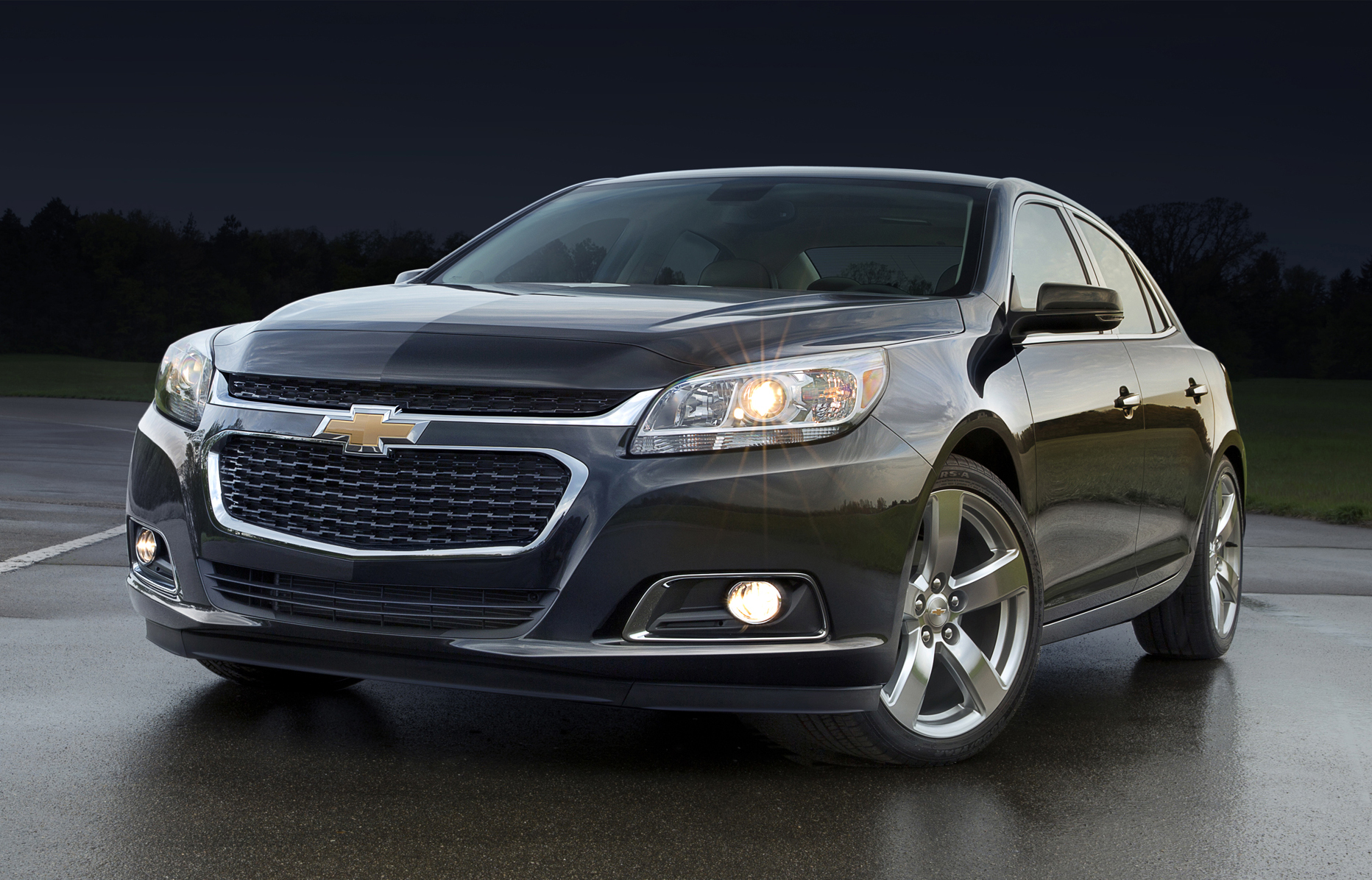
Chevy Malibu
MUSCLE HYBRIDS
A “muscle” hybrid is an approach that uses the electric motor as extra power, sort of like how a bolt-on turbocharger or supercharger would. Instead of cramming more fuel in, it gives more power without requiring more fuel.
These tend to be full or even plug-in hybrids, and may save fuel as well, but the emphasis is weighted toward speed performance, more than efficiency performance – even though in all-electric mode, they may momentarily bask in the efficiency of a pure electric car.
Infiniti’s Q50 Hybrid and BMW’s ActiveHybrid3 could arguably be said to be biased toward go-power instead of green power.
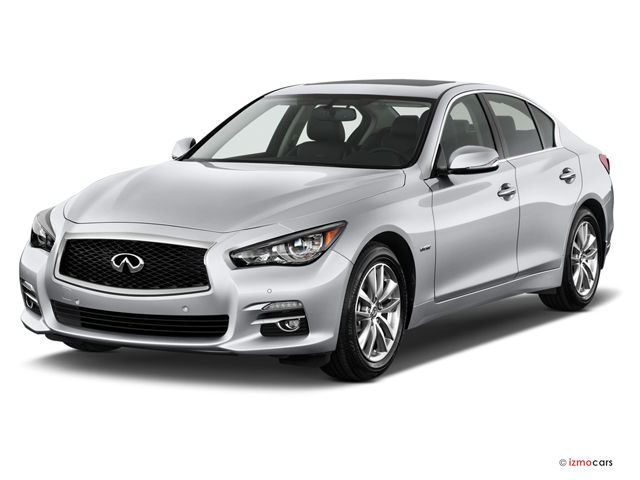
2015 Infiniti Q50 Hybrid
Even more so are three new super-cars from Europe, the McLaren P1, Ferrari LaFerrari, and Porsche 918 Spyder.
SUMMARY
Hybrids come in many configurations but in common is they are all engineered compromises. The simple part is they are ways to capture advantages of electric and gasoline power and merge the two.
The bottom-line measure of their effectiveness is how much better mpg and reduced greenhouse gas emissions they provide for the cost of their extra engineering. The best one for you is what matches your driving needs, tastes, and budget.
SOURCE: wikipedia
